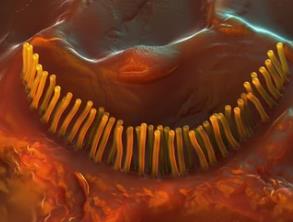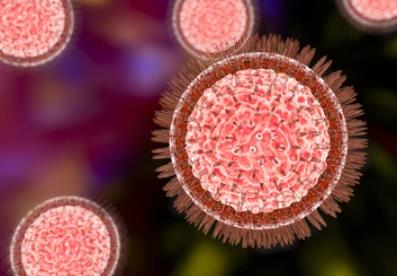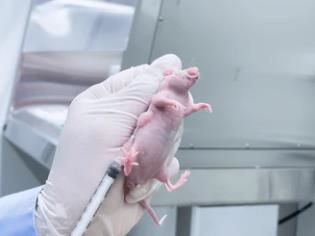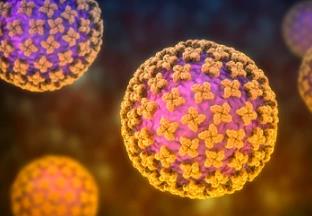Recently, the team of Wang Hualin, Deng Fei, and Ning Yunjia from the Chinese Academy of Sciences Wuhan Virology Research Institute/National Viral Resource Bank published the research papers titled “Interactome profiling of Crimean-Congo hemorrhagic fever virus glycoproteins” and “Host factor MxA restricts Dabie bandavirus infection by targeting the viral NP protein to inhibit NP-RdRp interaction and ribonucleoprotein activity”. The above research elucidates new interaction mechanisms between the virus and host…
Day: January 21, 2024
In Situ Regeneration Research of Inner Hair Cells in a Mouse Injury Model Induced By Ectopic Expression of Tbx2 and Atoh1

The Development journal published a research paper online titled “In situ regeneration of inner hair cells in the damaged cochlea by temporally regulated coexpression of Atoh1 and Tbx2”. The research was completed by Liu Zhiyong, a research group of the Center for Excellence and Innovation in Brain Science and Intelligent Technology (Institute of Neuroscience) of the Chinese Academy of Sciences, and the Shanghai Brain Science and Brain Research Center (Shanghai…
Nuclear Membrane Proteins Promote Yellow Virus Replication

Yellow viruses, including dengue virus (DENV), Zika virus (ZIKV), and Japanese encephalitis virus (JEV), are mostly transmitted through mosquito vectors and are currently one of the most widespread and highly infected infectious diseases, posing a huge threat to global public health. The infection of the yellow virus not only causes mild and self-limiting diseases (such as dengue fever and dengue hemorrhagic fever), but is also closely related to neurological diseases…
MRE11 Releases cGAS from Nucleosome Blockade to Prevent Cancer Development

Every time cancer cells divide, they cause damage to their own DNA molecules. For a long time, scientists including Gao á v Gupta Bo, associate professor of radiation oncology at the University of North Carolina School of Medicine in the United States, have been curious about how cancer can evade detection by the body’s own defense system, despite the immune system constantly monitoring cells for DNA damage. In a…
